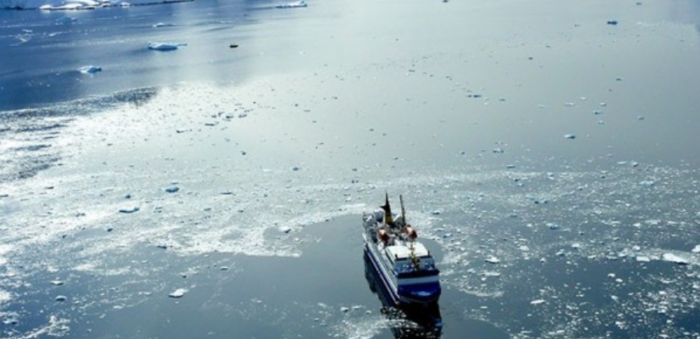The Finnish Transport Safety Agency (TRAFI) requires vessels whose keel was laid before 1 September 2003 to comply with the minimum power requirement of the current Finnish ice class rules when they reach the age of 20, according to a regulatory update by DNV GL.
The vessel can only keep its current Baltic ice class when the installed engine power complies with the minimum requirement. This engine power requirement is higher than the one which the vessel had originally been designed with.
However, if the minimum power requirement for the Baltic ice class is not met, lower ice classes can be assigned, provided the power of the ship is sufficient. This means that the vessel could be downgraded in ice class or lose the ice class altogether.
The possible lowering of the Baltic ice class does not affect the ice class given by the class society as such, but it will influence Finnish fairway dues and result in traffic limitations to Finnish and Swedish ports.
DNV GL informed of three options for proving that the engine power requirement is met:
- Simple but conservative calculation formulas according to TRAFI rules. The advantage of these formulas is that information about the hull form is not needed.
- If the vessel does not comply with the simple formulas, more complex calculations can be carried out using certain hull form data as input. The advantage is that these calculations are less conservative and require less engine power. At the same time, to determine the input values, a lines plan or electronic hull form representation is needed. For older vessels, such data can be difficult to obtain.
- Model tests in an ice basin can be carried out to determine the resistance of the hull in ice and to assess the power needed. The model tests normally result in much lower power requirement, but they are expensive and time-consuming. In addition, information about the hull lines is also needed.
With respect to the above, DNV GL recommended:
- timely action to avoid downgrading or loss of ice class for older vessels and
- submission of the ice powering calculations to TRAFI for approval.































































